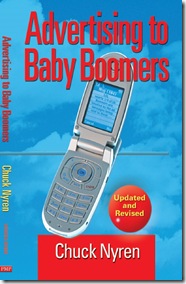I keep getting interrupted. This staggered series of posts about entrepreneurs was supposed to be maybe three or four entries – but interesting things are always popping up.
The 60-Something Entrepreneur: Can a Start-Up Pay for Retirement?
Americans ages 55 to 64 started some 10,000 businesses a month in 2007-08, more than any other age group…
 Not sure about the silly picture (that’s a pretty big board and recording studio for a ‘home business’ – which is what the piece is mostly about) but the points in the article are pretty good ones.
Not sure about the silly picture (that’s a pretty big board and recording studio for a ‘home business’ – which is what the piece is mostly about) but the points in the article are pretty good ones.
The case for old entrepreneurs
In 2008, I led a research team in exploring the backgrounds of 652 U.S.-born chief executive officers and heads of product development in 502 successful engineering and technology companies established from 1995 to 2005. These were companies with real revenue -- not just the start-ups founded by the college dropouts that some venture capitalists like to fund. We learned that the average and median age of successful founders was 39. Twice as many founders were older than 50 as were younger than 25. And there were twice as many over 60 as under 20.
 Not a big surprise for me. I wrote a book in 2005 that was partially for entrepreneurial Baby Boomers. NostraChuckus knew they were coming – even before the financial meltdown.
Not a big surprise for me. I wrote a book in 2005 that was partially for entrepreneurial Baby Boomers. NostraChuckus knew they were coming – even before the financial meltdown.
Baby boomers will be assets, not liabilities
By Chris FarrellThe economy will eventually gain traction and the unemployment rate will come down. Many older workers will decide to go into business for themselves. For instance, 55- to 64-year-olds had the highest rate of entrepreneurship of any age group from 1996 and 2010, according to the Kaufmann Foundation … The bottom line: It's time to change the conversation about aging boomers from the decline and fall of the economy to a focus on boomer productivity and creativity…
I can’t even link to all the excerpts from my book – along with blog posts over the years about this. Just one:
The Creative Art Of Growing Old
When does creativity peak? The second-act aces make a case for middle to late age. Take a look at some of the people who have not simply performed well but done their best work in their later years.
Last but not least …
Wish I had been there:
The Rise of the Grey Market
The theme contemplated in this session is the enormous opportunity and challenge created by the aging demographics of the United States and Europe. What are the trends that define this opportunity? What industries are affected by it? Who stands to win, and who stands to lose? Who is at the forefront of creating solutions to address this market, and who is investing in them?
Entrepreneurs & Baby Boomers I
Entrepreneurs & Baby Boomers II
Entrepreneurs & Baby Boomers III
Entrepreneurs & Baby Boomers IV

 Just a few baubles to hang on your tree:
Just a few baubles to hang on your tree: "I think that the success of our company, shows that there is clearly a wide segment of the population that will pay a little more for environmentally friendly toys," said von Goeben, whose toys cost roughly a third more than comparable playthings made from conventional materials.
"I think that the success of our company, shows that there is clearly a wide segment of the population that will pay a little more for environmentally friendly toys," said von Goeben, whose toys cost roughly a third more than comparable playthings made from conventional materials. 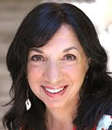
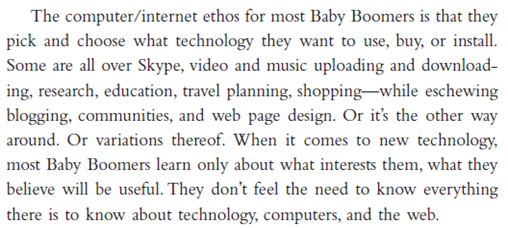
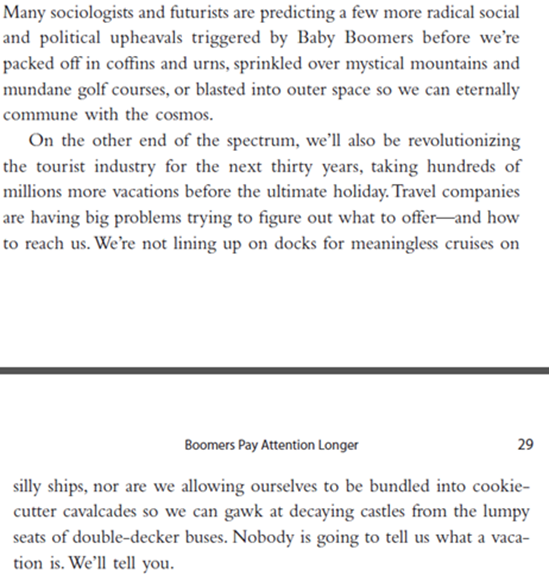
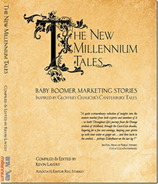
 The Wall Street Journal was
The Wall Street Journal was 
 And everyone is picking the top 10, top 100 books of the year. Here’s one I’ve yet to read, but it gets my nod for funniest title of 2011:
And everyone is picking the top 10, top 100 books of the year. Here’s one I’ve yet to read, but it gets my nod for funniest title of 2011: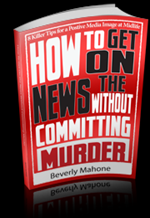

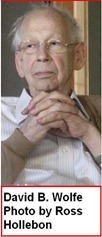 In Memoriam: David B. Wolfe, author, thought leader and a friend for the ages
In Memoriam: David B. Wolfe, author, thought leader and a friend for the ages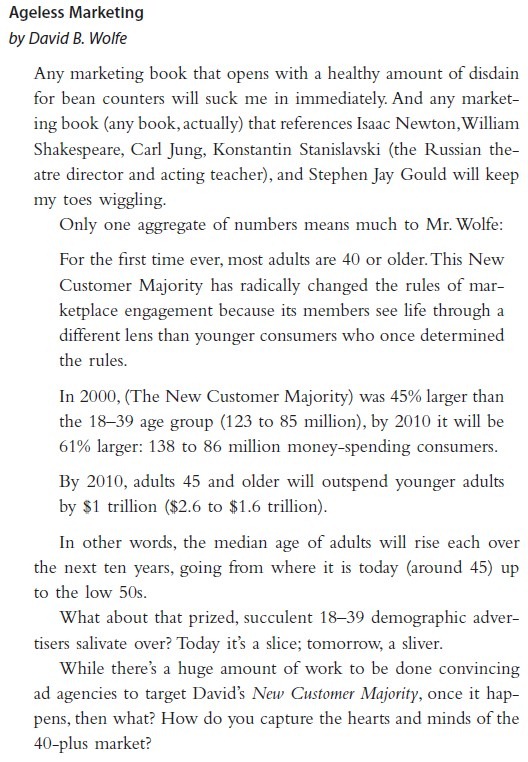





 There are active and passive parts of our day. Without getting into too much psychobabble, as you get older the passive side needs more nourishment. It’s not really passive. It’s focused absorption. At some point you have to climb out of your frenetic digital nest and concentrate on one thing. It might be reading a book, watching a TV show or movie, listening to music, looking out the window.
There are active and passive parts of our day. Without getting into too much psychobabble, as you get older the passive side needs more nourishment. It’s not really passive. It’s focused absorption. At some point you have to climb out of your frenetic digital nest and concentrate on one thing. It might be reading a book, watching a TV show or movie, listening to music, looking out the window. NostraChuckus has some new mundane predictions. His
NostraChuckus has some new mundane predictions. His 

